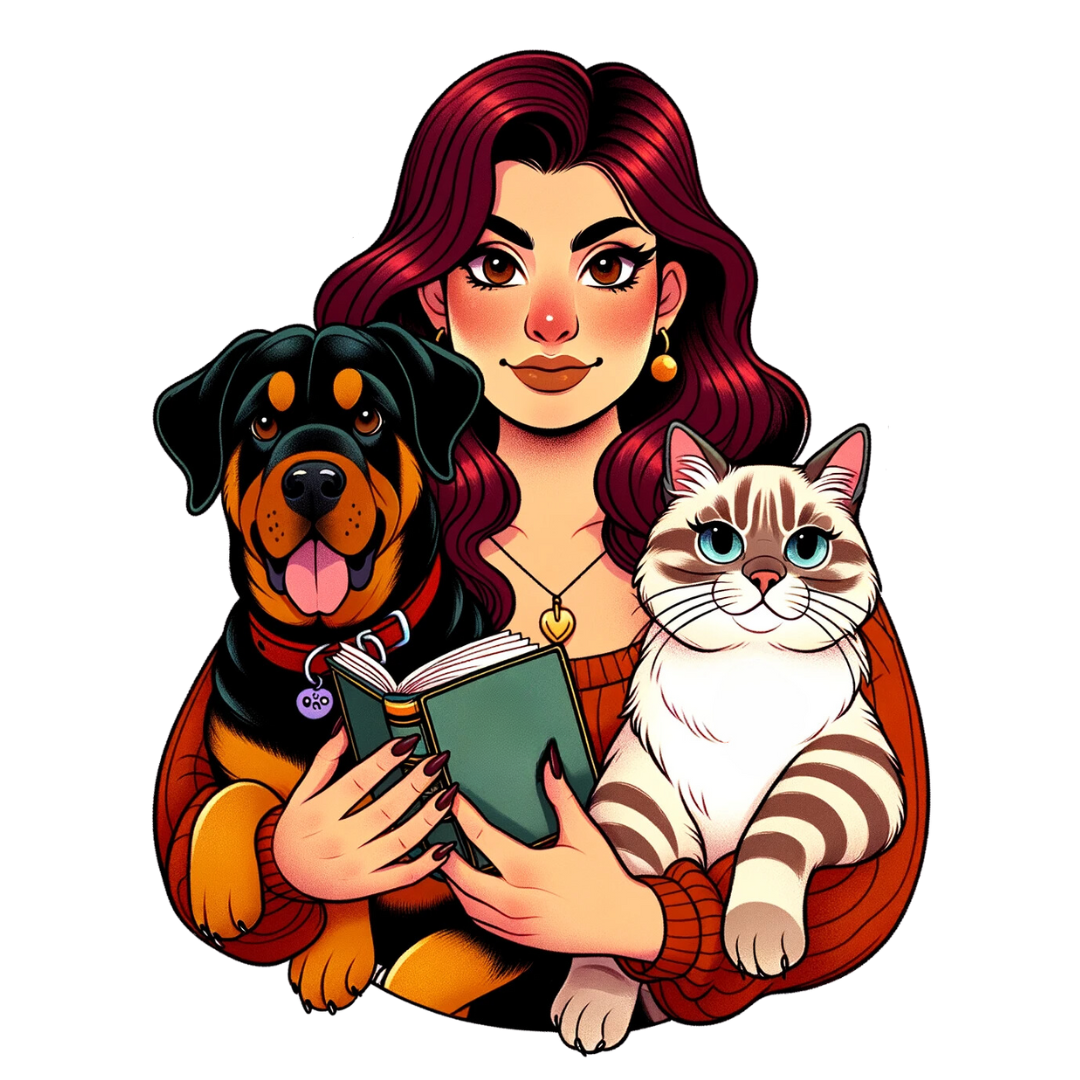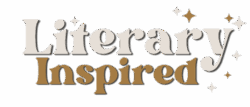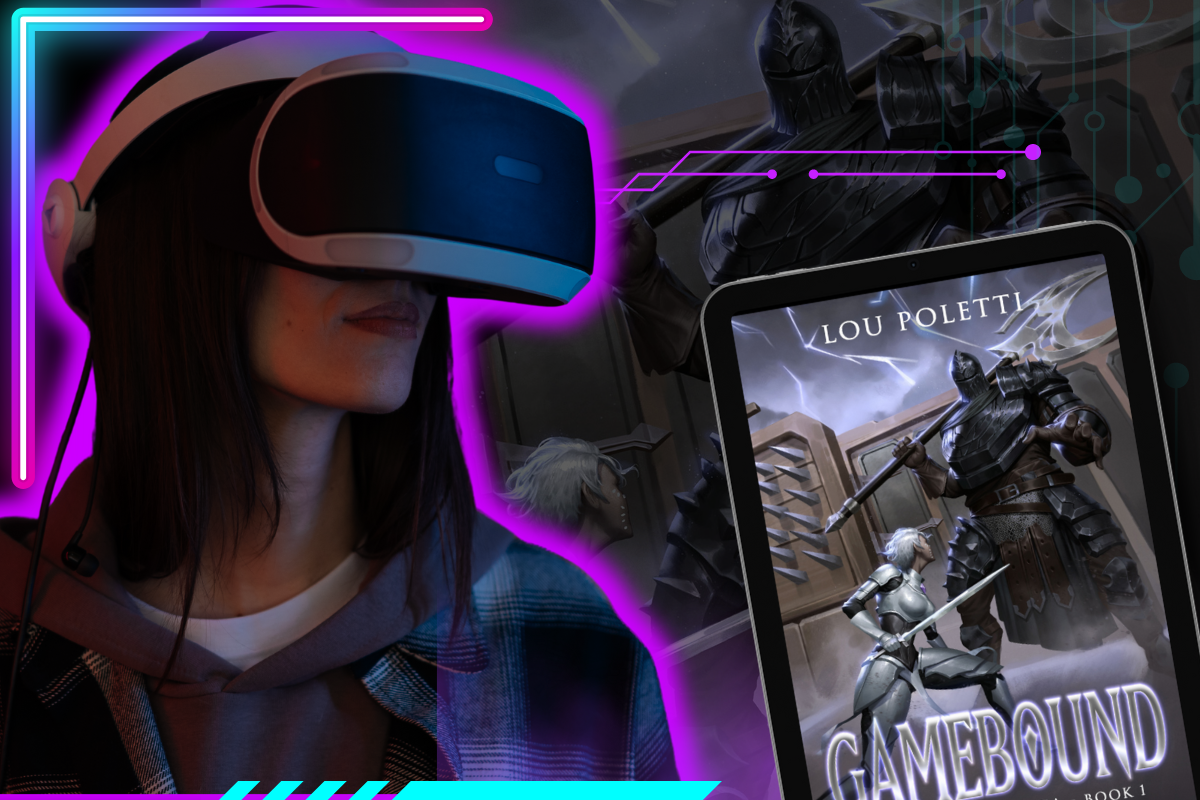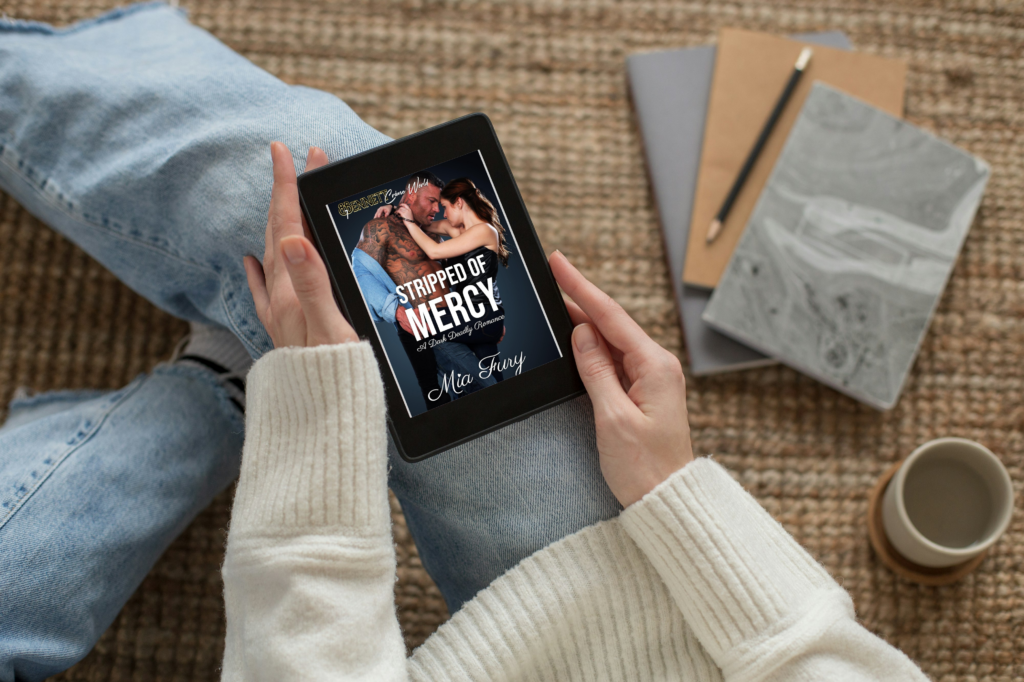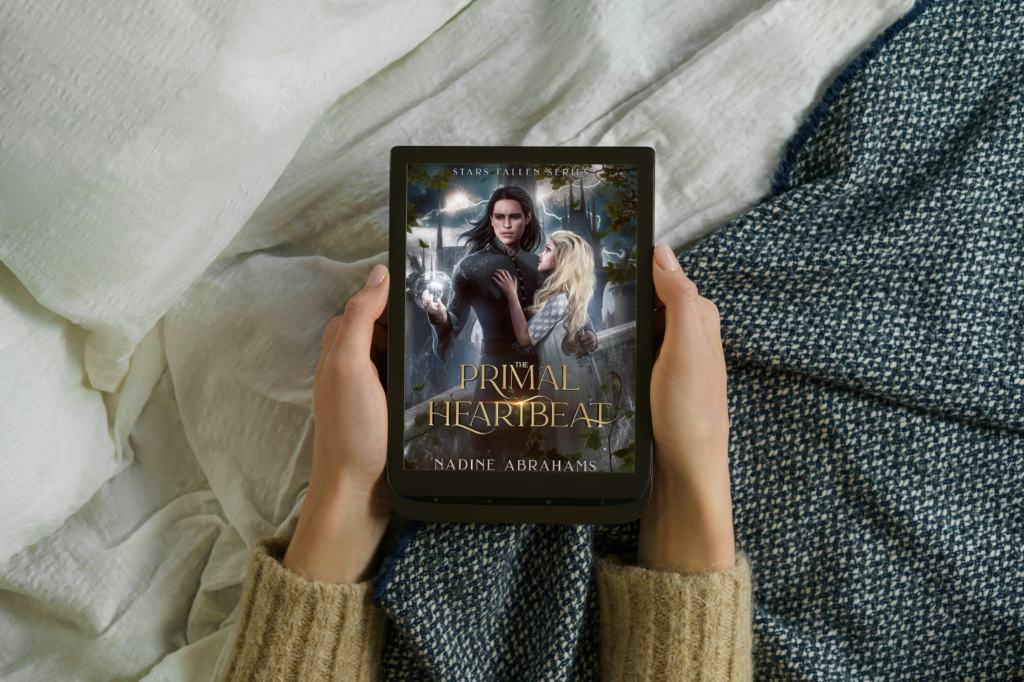I am so excited to be bringing back my Author Spotlight series, a dedicated space on my blog and now Substack where I showcase the incredible talent of indie authors I’ve had the privilege of working with. This series aims to connect the indie author community, share marketing insights, and introduce readers to their next favorite book. Each post shares the unique journeys of authors as they navigate the complexities of publishing, providing a platform for them to share their experiences and advice, while also promoting their latest works.
Today, I am thrilled to introduce Lou Poletti, an emerging author in the gamelit community. Lou’s debut novel, “Gamebound,” is set to release on Kindle Unlimited on April 30th and is currently available for pre-order. “Gamebound” plunges readers into the virtual world of Verindale, where the protagonist, Nylah, awakens with no memory of her identity and must navigate a maze of challenges and discoveries. The book promises to blend intense virtual reality gaming with deep psychological themes, making it a unique addition to the gamelit genre.
As Lou’s digital strategist and marketer, I’ve been closely involved in crafting the promotional campaign for “Gamebound.” Our efforts have focused on building anticipation and engagement through targeted social media marketing and managing the ARC & Street Team activities. These initiatives aim to amplify Lou’s visibility and connect her with readers eager for new and immersive fantasy experiences. Through creative content and strategic outreach, we’ve worked to ensure that “Gamebound” not only reaches its audience but also leaves a lasting impression.
A Conversation with Lou Poletti
Can you give us a brief overview of “Gamebound” and what inspired you to write this novel?
Gamebound is the story of a woman who wakes up in a video game with half her memories gone and has to piece herself back together as she plays her way out. Along the way, she fights against physical creatures and her own emotional demons to keep her sanity in a world where her thoughts are not just her own.
The whole series started in a little café in Regensburg, Germany, with an amazing gluten-free chocolate cake. I was enjoying my favorite tea and cake when I started thinking about an elaborate game system like the ones I enjoyed playing. Then I wondered what would happen if someone woke up in one with no idea why they were there, and out came the iPad. My colleagues would even laugh when they saw me walking down the street typing away at my tablet while on my way to and from work.
I spent a long time not intending to publish it, though, and I initially just used it as my own form of writing therapy. That was until my dad gave it to my cousin Felicity, and then I just had to “get this out to the world.”
As a debut author, what were some of the biggest challenges you faced while writing and preparing “Gamebound” for publication?
Perfectionism and imposter syndrome were some of my biggest. Navigating the monumental list of tasks that encompass self-publishing and building an audience was also challenging at times. That said, Google-fu, learning to ask for help when needed, and my husband just being a bastion of encouragement were wonderful antidotes.
“Gamebound” features a unique blend of virtual reality and game mechanics. What drew you to incorporate these elements into your storytelling?
I adore RPG game series like the Elder Scrolls and Dragon Age and can get lost in their worlds for hours. Sometimes, I’m not even playing; I’m just looking up lore on the Wiki page and enjoying my trip down the rabbit hole, reading all the creative bits of lore the writers and designers manage to stuff into those games. It’s so inspiring, and it’s what led me to ponder about how I could design my own in-depth system. A few cups of tea and a demolished chocolate cake later, I was well on my way to creating one, and to this day, I still have my “Character Classes” document and the notes I created in that café.
Your novel delves deep into psychological themes alongside its adventurous plot. Why did you choose to focus on these themes, and how do you think they enhance the story?
As a mental health advocate, I’d love to see more representation in fiction. In certain cases, I believe it can allow people to interact with these topics from a safe distance when veiled through fantasy or other fictional means, as the fantasy helps create distance from the real-world equivalent. At least, that’s the theory. This particular installment focuses on acceptance—accepting help, accepting what is, and accepting what we can do in each moment.
It’s my opinion that right balance of humor and heaviness can provide a safe space for people to interact with more difficult topics and, importantly, see them in a new light. I’ve seen it happen in all kinds of art forms and find it captivating when it works. It’s something unique to art and I believe that personal connection is what makes art, and by extension stories, meaningful.
I felt I had a unique chance to cultivate that balance in my writing in the hopes that someone might see a situation differently or that some of the lessons and concepts might resonate with readers going through something similar.
Could you share your process for developing your main character, Nylah, and what you hope readers will take away from her journey?
Nylah evolved over my many iterations. At first, she was simply all the things I wished I could say out loud without being labeled a delinquent, but as I rewrote, I decided I needed to get to know her better. I interviewed her in my mind as we sat together in a room. I asked her several questions and even realized I had two versions of her to get to know—the one with her memories and the one without them. The differences between them surprised me a lot and will be fun to delve into over the coming series.
I’m hoping that people will take away that she, like everyone, is a work in progress. She has her triumphs, she has her demons, and she’ll need many reminders that, however much she might think it, she’s not alone.
The world of Verindale is richly detailed. What were your strategies for creating such an immersive and complex setting?
I’m lucky enough to have a vivid imagination, so when I’m writing, I’m usually seeing a movie playing in my head. I try to slow that movie down and replay it to find the best way to describe it. For larger set pieces like cities or maps, I’ll draw things that inspire me to get a more tangible feel for them and drop myself in from a bird’s eye or try to walk the streets of a particular city or town in my mind. I also have an entire book of notes and concepts that’s falling apart at the seams and desperately needs digitalizing.
I also enjoy spending time imagining different storylines that could take place in any given city. It helps me create the lore of that place or get an idea of what shaped it into what it is.
An example is Warshingal: I was inspired by the hall or Jorrvaskr in Skyrim, which was said to have been created when a group of travelers turned their boat upside down, created a hall, and a city grew around it. I imagined what would happen if an armada arrived in a new land, and instead of turning their boat over, they used the wood from their many ships to build walls and watchtowers and dug the city into the ground after finding they could travel no further inland. As foreigners in this land, they’d need a way to attract commerce and trade, though the fighters of the fleet were more interested in sparring matches to keep them busy than trade deals. As fortune would have it, passing travelers would stop to watch the fights, and thus, the Grand Pits and the arena were born, bringing flocks of tourists to see the fights and cheer on their champions, helping the city grow into the state we see in the game-world: Warshingal, the Fighting Contest Hold.
What advice would you give to other authors preparing to publish their first novel?
Talk to other authors. I’ve found so many kind people in Facebook groups who are more than happy to share their experiences. Everyone’s journey is different, but they’re a great source of inspiration and can be a great source of comfort and camaraderie.
Another huge thing is to be willing to iterate. Rewrites are your friend! They allow you to elevate your work and your craft, and doing them takes so much pressure off your first draft because it doesn’t have to be perfect.
Lastly, I advise learning to be able to edit your work. Not to save money by not going to an editor but to help make your revisions easier. It’s crucial to have a second pair of eyes on your work (and preferably someone experienced in your genre), but you can make your rewrites much smoother if you learn a bit of editing.
“Gamebound” is the first book in the Objective 164 Saga. Without giving too much away, what can readers expect from the upcoming installments?
There are some tough moments coming up for Nylah in book 2, and she’ll learn perhaps the biggest danger of the game world. OAs. Eagle-eyed readers will see it mentioned once in book 1, and it will make a major debut in the next installment.
Beyond that, readers can get excited for the team to expand their travels as they make their way to new cities in Verindale like Byronbar (the city that hates magic), Dwaering (where a grotesque creature lurks in the dark), and Chateau Verre (a glass castle where the monarchy play deadly games with their citizen’s lives). And at some point, Nylah will have to face the worst thing an RPG player can endure—an escort quest.
Looking back at your experience from concept to publication, what are some key lessons you’ve learned that you will carry forward into your future projects?
One of the biggest lessons I’ve learned is what I do and don’t need in my process. I’ll be happy to streamline those when working on the following parts of the series and cut out some of the things that I felt were extraneous. My best lesson, however, is about learning how to take a step back from my work. It can be hard to hear criticism of something so personal, but I think I’ve found a healthy place where I can love my work and simultaneously see where it needs some adjustment and improvement.
During one of our chats, you mentioned the pressure to publish “Gamebound” as a YA Fantasy and your decision to target an adult audience instead. Can you elaborate on that decision?
My choice to market to adults was because, to me, that’s what the story dictated. I’d personally be more devastated about losing 30-odd years of memories compared to losing 15. While both situations would be terrifying, I felt the impact was more significant for an adult with more experience and a greater number of precious moments to mourn. It just made sense for the story.
In terms of marketing your book, what do you feel has been worth your resources?
Seeking the help of someone who knows the space has been immensely helpful for both my sanity and my wallet. Instead of wasting hours on courses, research, and trying to learn book marketing from scratch, I found the process considerably more pleasant and fun collaborating with Meg. She took so much of the guesswork out and used her well-established network to help me get a start on mine. I cannot recommend her enough; she’s such a joy to work with!
What do you think you will do differently when bringing book 2 to market, in the future?
I’m planning to use my time in a more structured way. My first book took a number of years to launch because I had no process and was writing purely when inspiration hit. Now that I’ve been through the process once, I better understand how things play out and what my timelines look like. Once book one is launched, I’ll give myself a short break to celebrate, then set a plan for when I expect to finish the second book and see how well I meet those milestones.
 In closing, I’d like to reflect on my journey with Lou as we navigated the exciting challenges of launching her debut novel. Working with Lou on her ARC and Street Team signup, along with developing a comprehensive social media strategy, has been a profoundly rewarding experience. Together, we crafted her brand’s voice, visual style, and overall engagement strategy, incorporating graphic design, caption writing, hashtag research, and scheduling. This collaboration marked my first foray into the Gamelit genre, and I couldn’t have asked for a better introduction.
In closing, I’d like to reflect on my journey with Lou as we navigated the exciting challenges of launching her debut novel. Working with Lou on her ARC and Street Team signup, along with developing a comprehensive social media strategy, has been a profoundly rewarding experience. Together, we crafted her brand’s voice, visual style, and overall engagement strategy, incorporating graphic design, caption writing, hashtag research, and scheduling. This collaboration marked my first foray into the Gamelit genre, and I couldn’t have asked for a better introduction.
Lou has been one of the kindest and most endearing clients I’ve had the pleasure to work with. Her continuous, affirming feedback made every step of our journey together a delight. Diving into the rich lore and magic of Verindale allowed me to explore a creative style I had not tackled before, broadening my own horizons as a digital strategist.
I am immensely grateful to Lou for her trust in me and my work, and for the opportunity to be a part of bringing “Gamebound” to its eager readers. For those interested in embarking on an adventure through the enchanting world of Verindale, you can pre-order “Gamebound” on Amazon. Be sure to follow Lou on Instagram @loupoletti_author and visit her website for more updates and to join her growing community of readers.
